Retro Replay Review
Gameplay
Lost Empire: Immortals unfolds as a classic 4X turn-based strategy experience where players manage empire growth across vast star systems. From the first turn, you’ll find yourself expanding colonies, negotiating with rival races, and balancing resource extraction with technological research. Each decision shapes your empire’s trajectory, creating an addictive loop of exploration, expansion, exploitation, and extermination.
(HEY YOU!! We hope you enjoy! We try not to run ads. So basically, this is a very expensive hobby running this site. Please consider joining us for updates, forums, and more. Network w/ us to make some cash or friends while retro gaming, and you can win some free retro games for posting. Okay, carry on 👍)
The game features up to 5,000 star systems spread across multiple maps, offering virtually limitless replayability. Six unique races—the Horde, Alkiths, Megalanians, CrystalSpirits, Tritons, and Humans—bring distinct bonuses and challenges. Whether you favor the brute force of the Horde or the diplomatic finesse of the CrystalSpirits, adapting your strategy to your chosen civilization’s strengths becomes key to victory.
While combat is integral to asserting dominance, battles play out in a cinematic 3D engine that you can watch but not directly control. This design choice shifts the focus to pre-battle planning: ship design, fleet composition, and tactical positioning. Winning often depends on anticipating your opponent’s moves during the research and build phases, rather than frantic micromanagement in the heat of battle.
Objectives are flexible—domination through sheer military power, scientific supremacy via the research tree, diplomatic alliances with other empires, or pure exploration of uncharted space. This freedom allows you to tailor each campaign to your preferred playstyle, ensuring that a peaceful trader can coexist with a warlike conqueror within the same galaxy.
Graphics
Visually, Lost Empire: Immortals strikes a balance between clarity and spectacle. The starfield maps are functional but polished, with color-coded territories and resource icons that keep the interface clean. You’ll find it easy to zoom in and out, tracking fleets and planets without feeling lost in the void of space.
The highlight is undoubtedly the 3D battle animations. While you cannot intervene directly, watching fleets of cruisers, dreadnoughts, and fighters engage in dazzling dogfights adds cinematic flair to each conflict. Explosions, laser beams, and warp jumps are rendered with enough detail to satisfy sci-fi enthusiasts, even if they occasionally reveal minor texture pop-ins.
Ship and station designs reflect each race’s aesthetic, from the crystalline spires of the CrystalSpirits to the brutal, spiky hulls of the Horde. These visual cues reinforce gameplay differences—sleek, energy-focused vessels rarely match up to the raw firepower of a Mekagalanian dreadnought, for instance—helping you quickly assess threats on the battlefield.
The user interface is intuitive, featuring context-sensitive menus and clear tooltips that guide new players through complex mechanics. While the menus sometimes feel dated compared to more recent 4X titles, they remain highly functional, allowing you to manage research queues, fleet movements, and diplomatic overtures without unnecessary clicks.
Story
The narrative backdrop centers on the enigmatic Eonians, an ancient civilization that once bestowed star-travel knowledge upon the Horde, Alkiths, Megalanians, CrystalSpirits, Tritons, and Humans. When the Eonians mysteriously vanished, their remarkable technology disappeared with them—until now, as you uncover lost laboratories, derelict starships, and hidden archives scattered across the galaxy.
Each discovery you make about the Eonians feels like piecing together a cosmic puzzle. Researching ancient artifacts unlocks powerful new technologies, tying gameplay progress directly to the unfolding lore. This integration of story and mechanics gives a tangible sense of progress, as every new jump gate or advanced engine carries the weight of millennia-old secrets.
Diplomacy, too, is flavored by the history of the Eonians. Some races revere their benefactors as gods, while others resent the power imbalance left in their wake. Negotiations and treaties therefore feel contextual; forging an alliance with the Alkiths may hinge on whether you’ve recovered a particular Eonian relic, adding depth to otherwise routine treaty talks.
Overall Experience
Lost Empire: Immortals offers a robust 4X package for strategy fans seeking grand-scale empire building. Its vast maps, six distinct races, and flexible victory conditions combine to create a game that encourages experimentation. Each playthrough can feel markedly different, whether you’re a warmonger flooding star lanes with battleships or a scholar unraveling Eonian mysteries.
While some elements, such as the non-interactive 3D battles and slightly dated UI, may not match the polish of the latest strategy releases, they never quite detract from the core experience. Instead, they provide a sense of grandeur that underscores the epic scale of your galactic campaign.
For newcomers to the genre, Lost Empire: Immortals presents an approachable yet deep experience, thanks to clear tutorials and well-designed tooltips. Veterans will appreciate the intricate research tree and the multitude of strategic paths to victory. Overall, it’s a compelling journey through the stars—one that rewards both tactical foresight and a curiosity for ancient lore.
If you’re drawn to sprawling space operas where every decision can tip the balance of power, Lost Empire: Immortals is poised to deliver hundreds of hours of strategic immersion. Whether your goal is to dominate through military might, broker peace among warring factions, or unearth the secrets of a vanished civilization, this game has the tools and scope to keep you engaged until the stars themselves grow cold.
 Retro Replay Retro Replay gaming reviews, news, emulation, geek stuff and more!
Retro Replay Retro Replay gaming reviews, news, emulation, geek stuff and more!
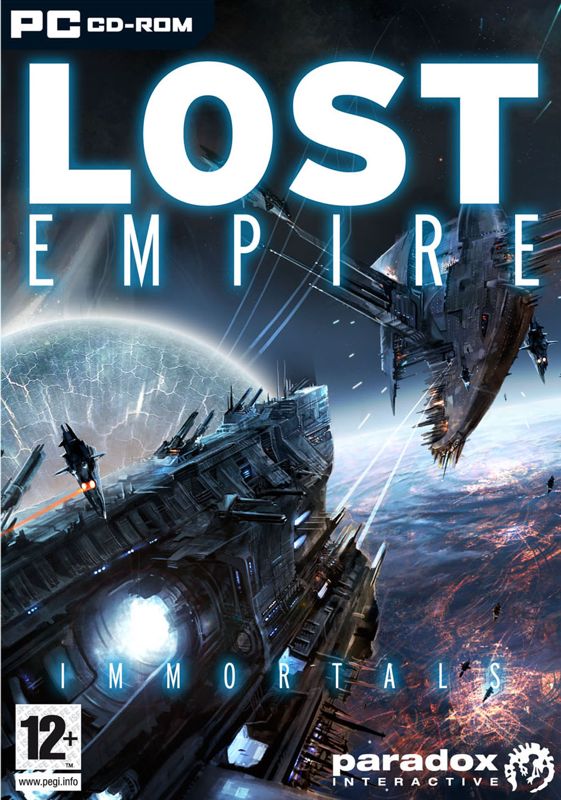
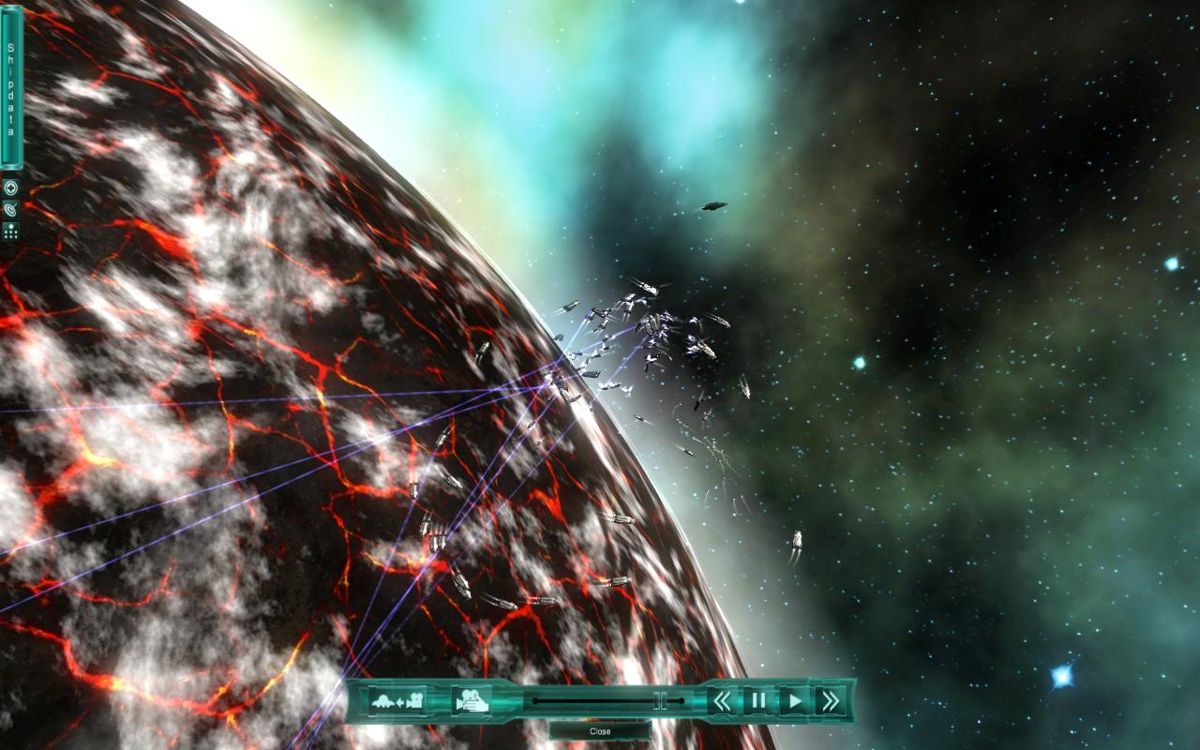
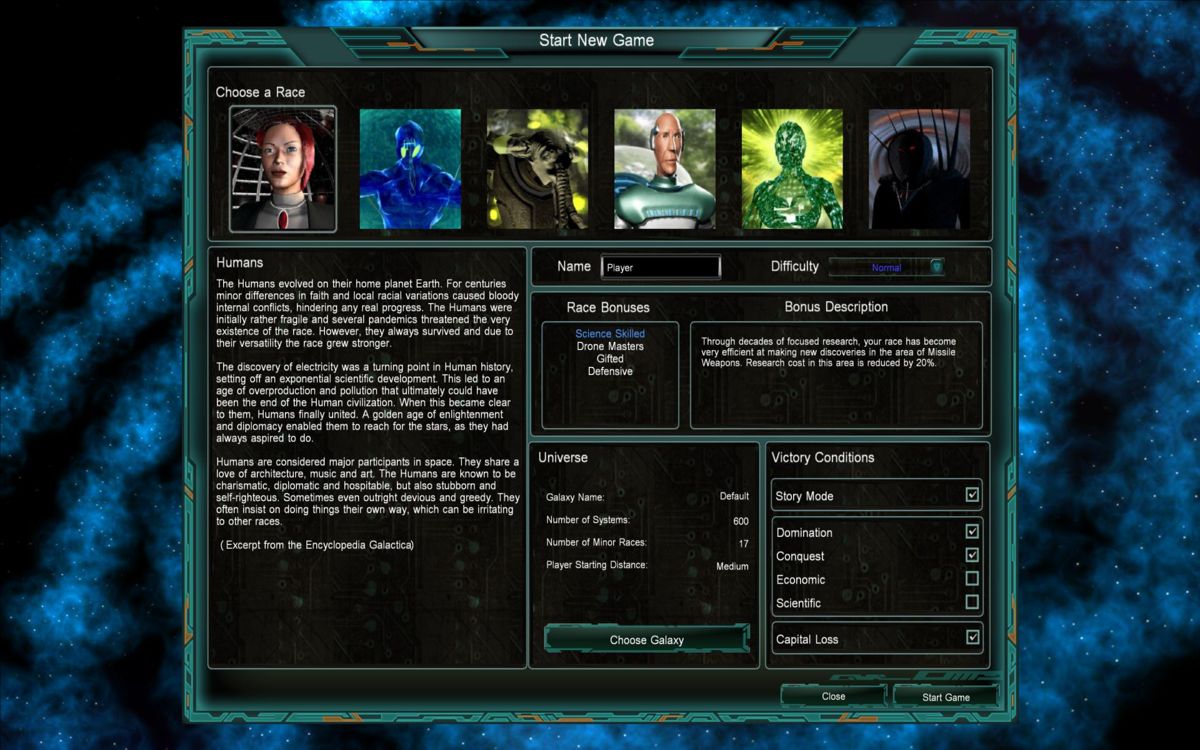
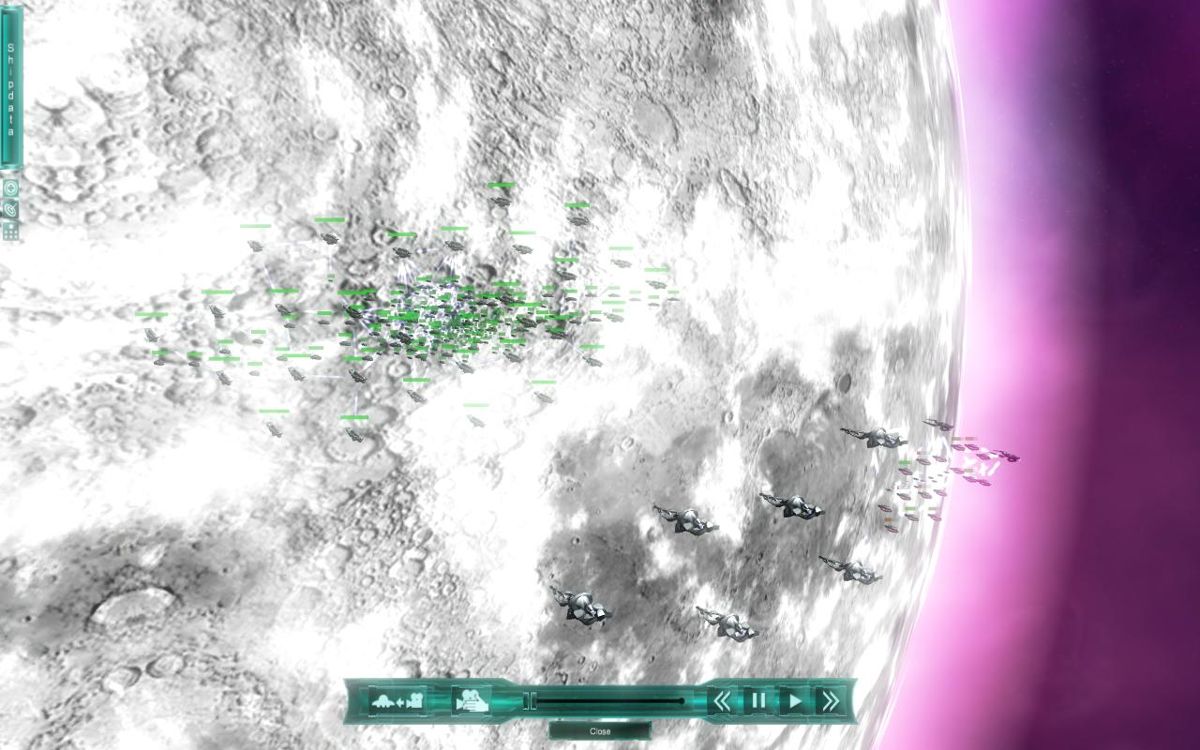
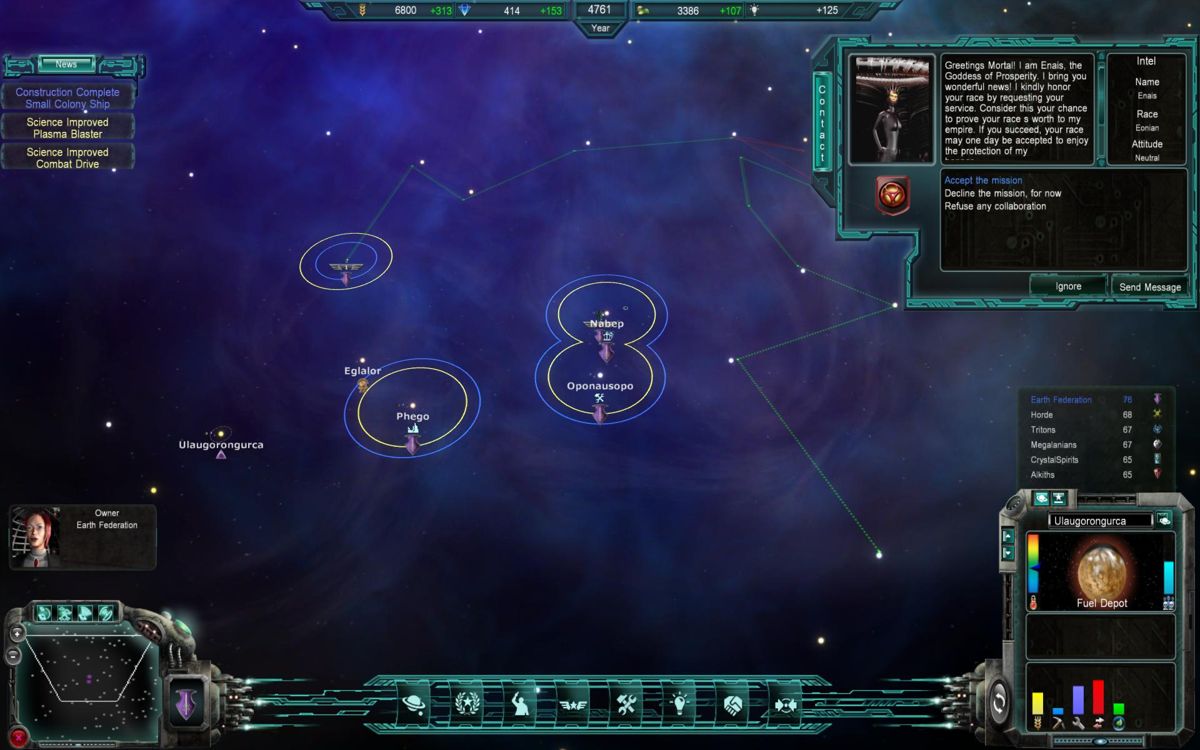
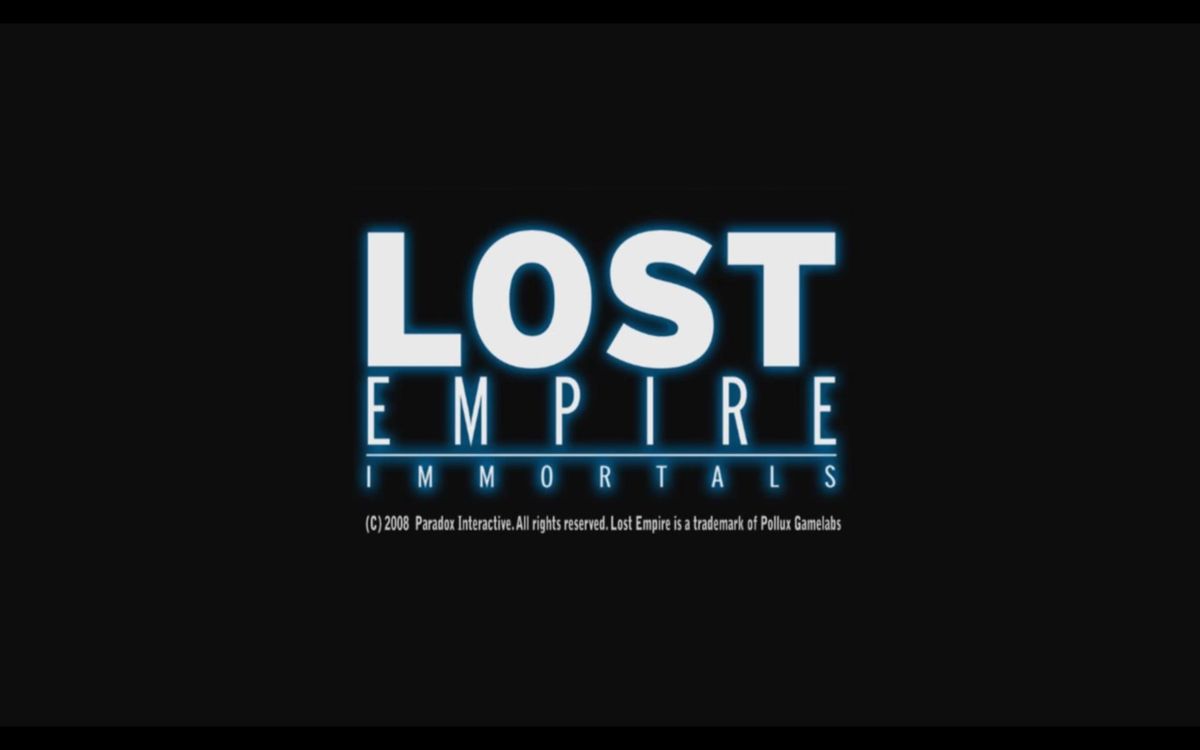



Reviews
There are no reviews yet.